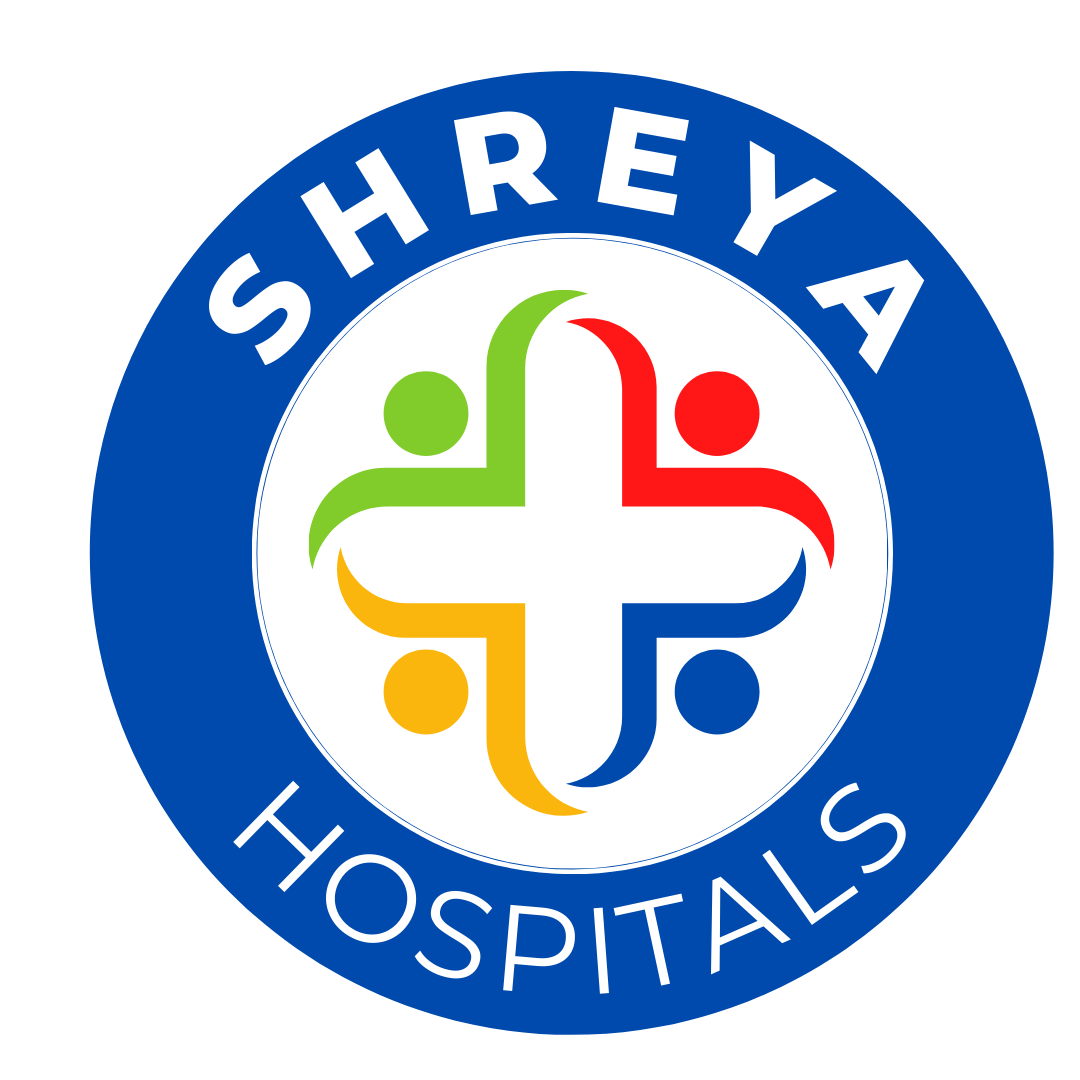Pediatric Orthopedics

Pediatric Orthopedics
Pediatric orthopedics is a branch of medical science that deals with the treatment of musculoskeletal issues in children. Children have very tender and sensitive bodies. As they are still growing, a small injury or pain will cause them much more discomfort than adults. So, a separate branch of medical science that focuses on orthopedic problems in children has emerged. Pediatric orthopedists treat musculoskeletal conditions in infants to teenagers (0-18 aged).
Bodies of children go through several changes during the developmental years. Sometimes parents mistake growing pains for abnormalities and vice versa. So stay in touch with a pediatrician and consult a pediatric orthopedist whenever the pediatrician advises you to.
What are Pediatric Orthopedic Conditions
The musculoskeletal issues in children are different compared to those in adults. During child development, some bones and their formations appear abnormal. Some examples are flat feet, toe walking, and bowlegs. As the child grows, some of these abnormalities disappear. However, there are some other conditions where a doctor’s attention is required. The conditions which a pediatric orthopedist treats are as follows.
Broken bones
Their bones heal faster compared to adults. There are growth plates in children’s bones where new bone cells are dividing quickly. The doctors check for fractures in and around the growth plates, which can have some long-term effects. If the growth plate is fractured, there are two ways of getting it treated – casting and surgical correction. The doctor determines the best treatment option for your child based on his age, location of the fracture, and the type of fracture.
Spinal issues (Scoliosis)
Scoliosis is characterized by an abnormal gait. It is diagnosed in childhood or during early adolescence when the child appears to be leaning to one side. The spine looks like a C curve or an S curve. The curve is either at the neck and forms a C curve, or it curves twice (in the neck and lower back) and forms an S curve. There are three main types of scoliosis – idiopathic scoliosis, congenital scoliois, and neuromuscular scoliosis. Observation, bracing, and surgery are the approaches the doctor choose from to deal with the condition
Gait abnormalities (limping)
Some children develop limp when they are 2-3 years old. If the limp does not resolve with time, it is a matter of concern. The causes of limping in children are broken bones, infections, tumors, inflammation, childhood hip disorders. The doctor diagnoses the root cause of limping and starts treatment accordingly.
Bone infections
As the blood supply is high in children, they are more susceptible to joint infections. A joint infection is a threat to the bone and can cause permanent damage if left untreated. Urgent surgery and intravenous antibiotics are the cure for bone infections.
What to expect from a Pediatric Orthopedist
When you visit a pediatric orthopedist, explain the difficulty and the symptoms the child is facing. If the child is old enough to speak, encourage him to express the discomfort he is facing. The pediatric orthopedist will conduct a physical examination. He might also ask you to get an X-ray, or an MRI run to get a clear picture of the issue. Once the diagnosis reports are out, the doctor will prepare a treatment plan and explain it to you. The treatments can include a cast brace, physical therapy, or surgery.
What does it take to care for children
Injuries and medical conditions make children anxious and depressed. The most important thing parents can do during the phase is to support the child. Parents know their children better than anyone else. So, they shouldn’t hesitate to talk to the child about his discomforts, anxieties, and fears. It will help you know what the child is going through and communicate the same with the medical team. A pediatric orthopedist is trained to make children feel comfortable and connect with them. So during your visits, trust your child with the experts and allow them to do what is best for the child.

